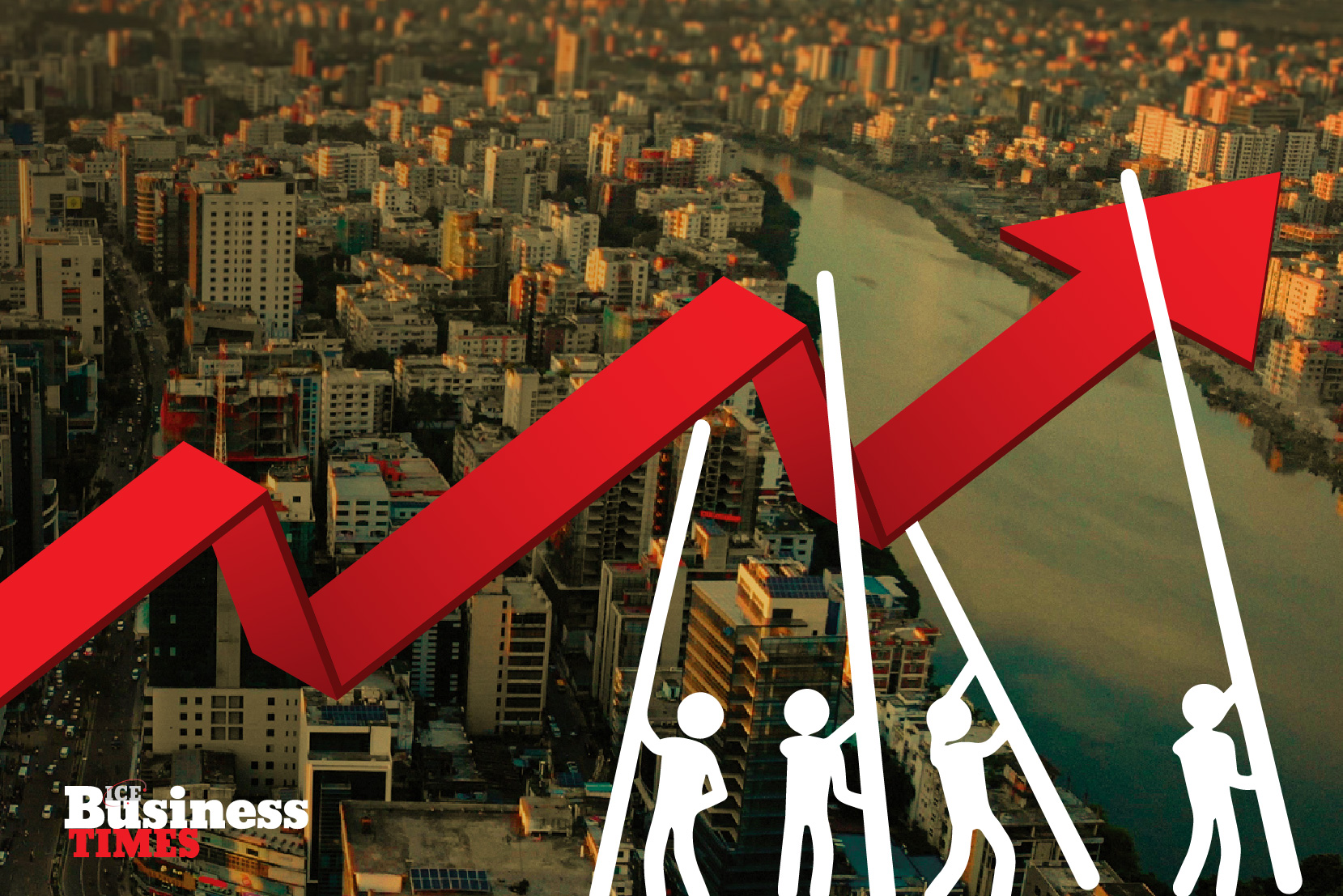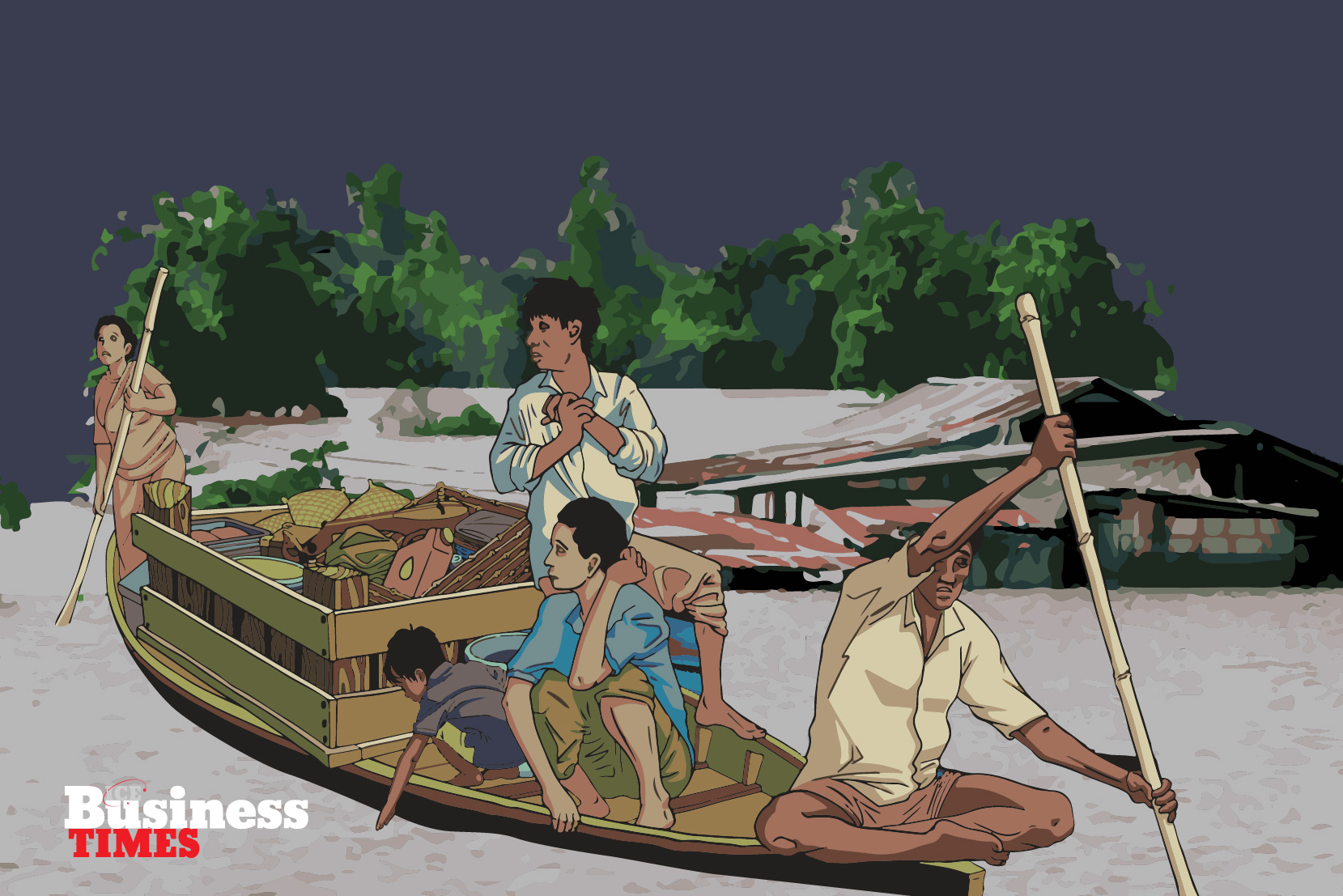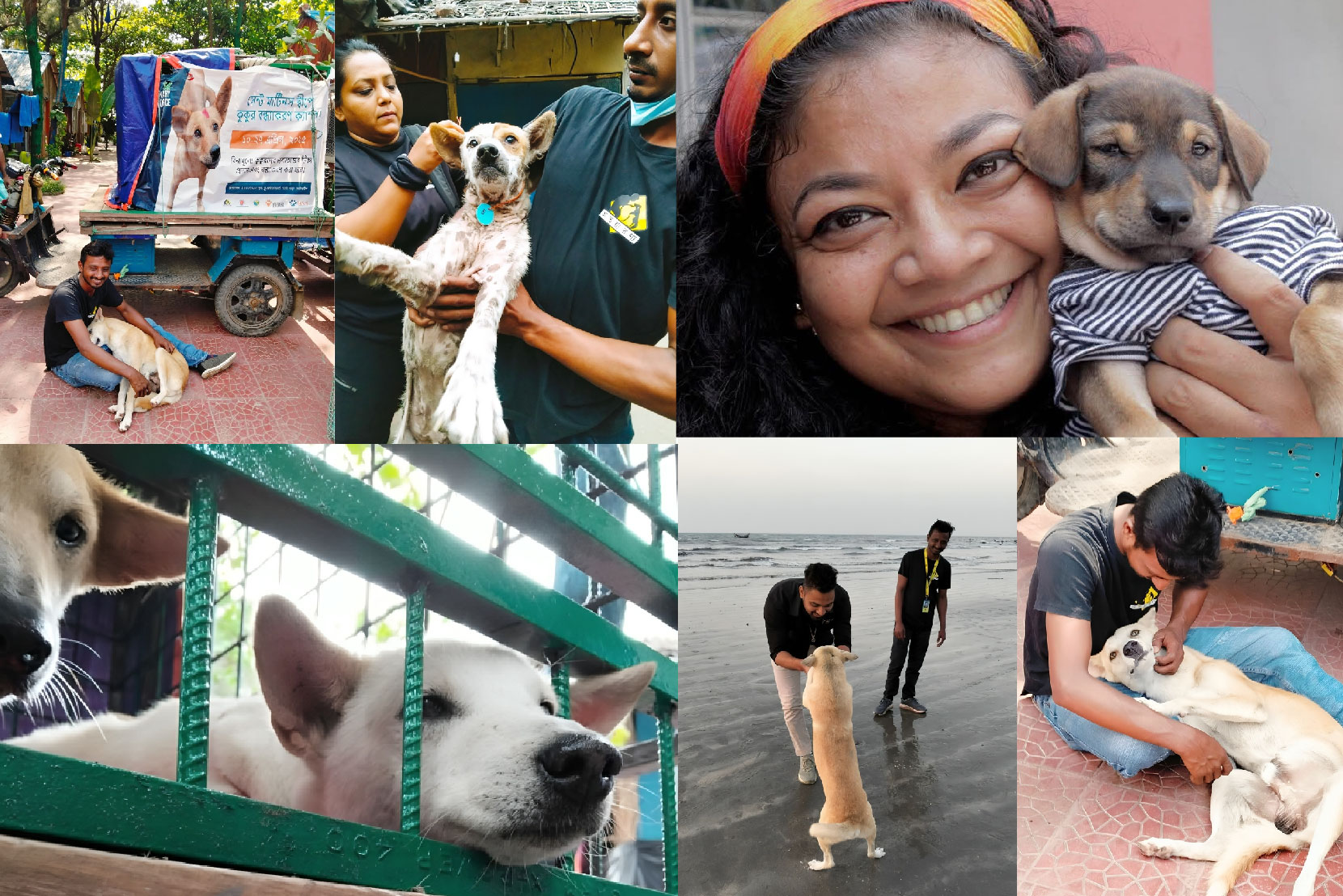There is no such thing as bad publicity. There is undoubtedly a thing like bad marketing.
For this Valentine’s Day, when almost all hospitality and restaurant brands were competing to come up with the best offer, Amari Dhaka stood out from the rest of social media. Their “On Cloud 9” package included, according to their short description, “a sky tour of the city, followed by a private 9-course degustation dinner on the 18th-floor rooftop, a honeymoon staycation with relaxing spa treatments and much more…” And it was worth 9,00,000++ BDT, amounting to 11,38,500 BDT including service charge and VAT.
The package was so “exclusive” that it is safe to assume only 0.00006% of the population of this country, where about 31% live under the poverty line, could relate to and were interested in. Almost the same as the percentage of people who know the meaning of fancy English words like degustation.
The offer was publicized through a Facebook post from Amari Dhaka’s page, and it made a viral impact counting to around 8,700 reactions, about 3,000 shares, and approximately 6,000 comments. Even I joined the conversation around the utterly expensive offer that mostly consisted of jokes, low-blows, bursts of anger and disbelief. The “marketing gurus” are terming it to be one of the best branding tactics ever in the hospitality industry. Some are crunching numbers to prove that it is the people who interacted in some way or the other who already paid for the package because they all took part in creating the buzz around the brand. Amari apparently got the last laugh. But is that true?
Using a similar approach to Google Cloud Sentiment Analysis, I decided to delve further into this curious case of negative marketing. The Sentiment Analysis identifies consumer attitudes, emotions, and opinions to arrive at a binary decision; whether somebody is for a brand or against a brand. For this exercise, I will work on the reactions that the Amari post received.
So, we have at hand the following: 6,200 Haha, 1,900 Likes, 267 Wows, 157 Love, 76 Anger, and 62 Sad emojis. Since we want to get an understanding of polarized emotions, for a better result we need to omit the 1,900 Likes as these are neutrals. For each of the “emotional reaction”, this is what we get:

Now let us assign the value of +1 for positive reactions and -1 for negative ones to fix on the average. Without any dispute, in this case, we can term “Haha,” “Anger,” and “Sad” as negative emotions and “Wow” and “Love” as positives. Pulling out my calculator, pushing buttons here and there…And voila! I got an average of -0.87, which is extremely negative. If Amari were a student, their parents would have thrown them out of home right now for such low marks.
These values are not in absolute terms and are open to being contested. Marketers will never be able to dissect consumer psychology if we keep doing our research with a set of KPIs that we know will give us the outcome we seek. Or put it simply, if we put up a case to prove our biases right. This is also applicable when someone uses the Amari example to show that negative marketing is good. Assigning cost of promotions to reactions, comments, and shares is worthless if we do not take the intent of the consumer into consideration.
Can we take a step back and think of this offer in a more traditional setting? If the post was put up on a billboard, and 91% of 8700 people who came by it shot at it with a gun, would we still call it a good promotion? If 3,000 people told 900,000 of their friends and family that they wanted to light the billboard on fire, is the brand winning in any way?
In the long run, negative marketing hardly has a positive impact on the reputation of a brand, especially online which is now keeping a record of every single thing. After the offer was made public, Amari received multiple 1-star ratings from consumers who were just angry at the absurdity of the offer.


Anyone who runs a Facebook page for a restaurant or a hospitality brand knows that these ratings will stay with you. Many people who were neutral to the brand took a stand against it. These people will not even go to Amari and give a check-in in the future in fear of losing face. While the offer, according to many, was “marketing at its best,” what it did is lose potential customers and future profits of the brand.
See, no one likes to be made feel poor. I already have my bank account to remind me of it. But I will not take it if it is thrown on my face as I am surfing my homepage looking at pictures from yet another wedding. Of course, Amari can and will defend the cost of the package in their logic. However, instead of putting the offer up on a public platform, they could simply have sent invitations via emails or heart-shaped cards to CEOs, CMOs, hashtag Rich Kids of Dhaka. Building exclusivity and aspiration around a brand will work if the consumers think it is attainable. Maybe not now, maybe ten years later. Maybe when they are old and about to die. But still achievable. It will hardly work if the brand is so out of the league that the consumers take an offense.















